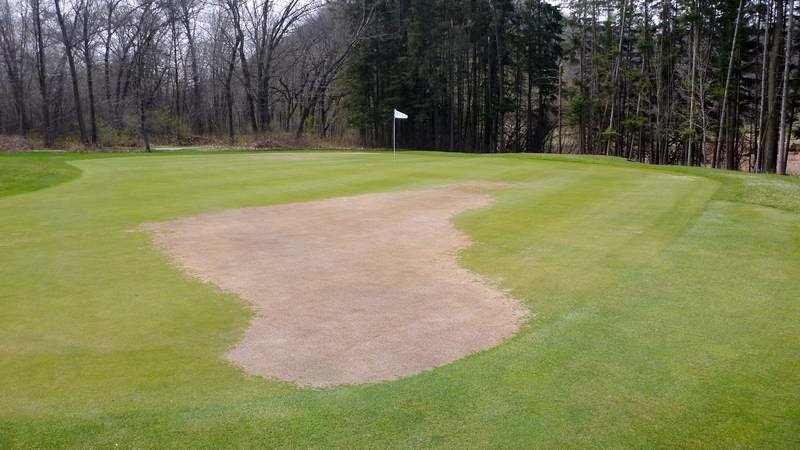
With nearly five months left in 2018, it already has been a long year for many golf courses in South Carolina. Devastated by what some have described as the worst winterkill in decades, golf courses in the Myrtle Beach area finally are getting back to business as usual.
According to reports along the Grand Strand, at least 12 courses in the area closed at least nine holes this spring to repair damage from winterkill after January brought three solid weeks of daily low temperatures below freezing to the South Carolina coast.
Those that closed slowly are beginning to reopen as they set their sites on a successful fall season.
According to the Sun News, Aberdeen Country Club, the International Club, Lion's Paw and Panther's Run are among those that have reopened with new greens.
Several other tracks are either partially open, with some greens still closed, or are expected to reopen in the next couple of weeks. Many of the courses in the area have taken advantage of the down time to work on other projects, including drainage work, fairway renovations, rebuilding bunkers and tree management.
Bruce Martin, Ph.D., who officially retired in June from his post as Clemson University's turfgrass pathologist, told TurfNet in the spring that winterkill affected as many as 30 percent of the roughly 100 courses in the Myrtle Beach area this year.
"This is the coldest I've seen ultradwarfs exposed to here since I've been here at Clemson," Martin said prior to his retirement. "And that's been 20 years."
A long, cold spring, which along with autumn is the money season in Myrtle Beach, further delayed green-up for those courses that did not use covers and do not overseed. But even many of those that did overseed experienced some winterkill during transition in the spring.
According to university research, Bermudagrass greens covered when temperatures reached 15 degrees survived throughout the winter with improved spring green-up. Covered greens even survived two days of extreme cold temperatures where overnight lows dropped to 0 degrees on consecutive nights.
According to Martin, courses that used two layers of protection, such as a cover placed atop a blanket of pine straw that promotes airflow, came through the winter better than those with a single layer of cover.
While covering greens protects them from cold weather damage, it also requires more manpower to deploy and remove, adding to the course's operating costs. But, that's cheaper than regrassing 18 greens.

